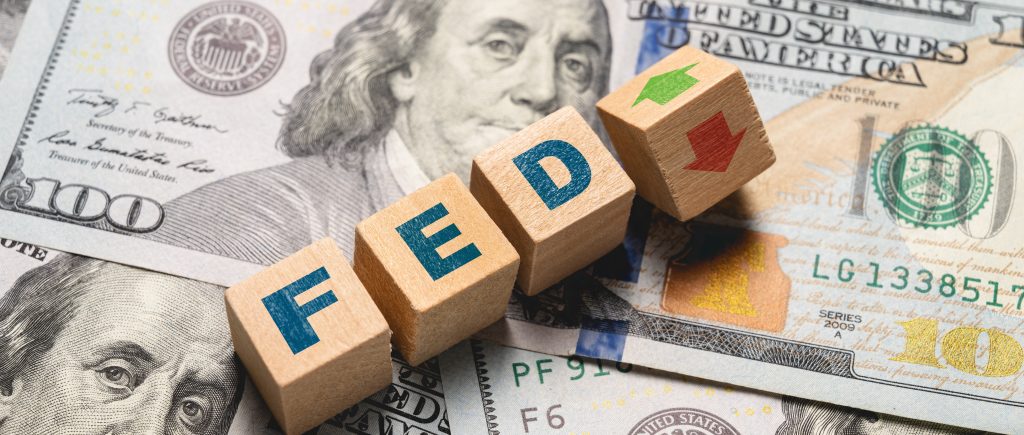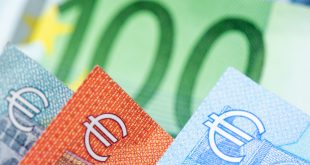Fed Chair Jerome Powell is expected to outline the final steps the US central bank could implement in the framework of the ongoing campaign to tame inflation during his speech at Jackson Hole Symposium.
Powell’s speech comes as policymakers enter the most difficult stage of the fight against inflation, calibrating how much more monetary policy tightening is required with little certainty about how their actions have affected the economy so far.
The previous approach to controlling inflation was to raise interest rates. However, as inflation cools, disagreements among policymakers are emerging over the remaining work that should be done and the upcoming action track.
Powell will discuss the Fed’s assessment of whether to raise rates and when to start cutting them at a speech scheduled for 10:05 a.m. Washington time on Friday. European Central Bank President Christine Lagarde will also speak later in the day. These speeches are awaited by investors for any significant clues for the economic outlook.
Monetary policymakers worldwide face above-target inflation rates and increased economic risks. The challenge is to balance two-sided risks, control price pressures, and avoid recessions. Powell’s commitment to reducing inflation has been emphasized since his August address.
The Federal Reserve (Fed) has raised its benchmark rate to a 22-year high of 5.25% to 5.5%, with inflation gauges decreasing significantly. However, the Fed is divided into two camps as inflation risk recedes and other economic risks mount. Some argue that higher rates have not fully worked their way through the economy and that ongoing tightening of credit conditions will have a bigger impact than intended.
There may be additional challenges this autumn with the withdrawal of pandemic-era funds and the start of student loan installments. Others contend that because the impact of increased rates has already been felt to a large extent, the lags in the transmission of monetary policy to economic activity are shorter. Additionally, they demand additional proof that inflation is on track to reach their 2% target. Volatility has increased recently as investors have become less clear about the Fed’s upcoming actions, with the market’s future depending on every new economic report.
Markets currently do not expect another rate increase this year, but they see a greater chance of a hike at the Fed’s Oct. 31-Nov. 1 meeting than at its next gathering on Sept. 19-20. Powell is expected to continue stressing the Fed’s data-dependent approach and keeping September a live meeting.

 Noor Trends News, Technical Analysis, Educational Tools and Recommendations
Noor Trends News, Technical Analysis, Educational Tools and Recommendations




